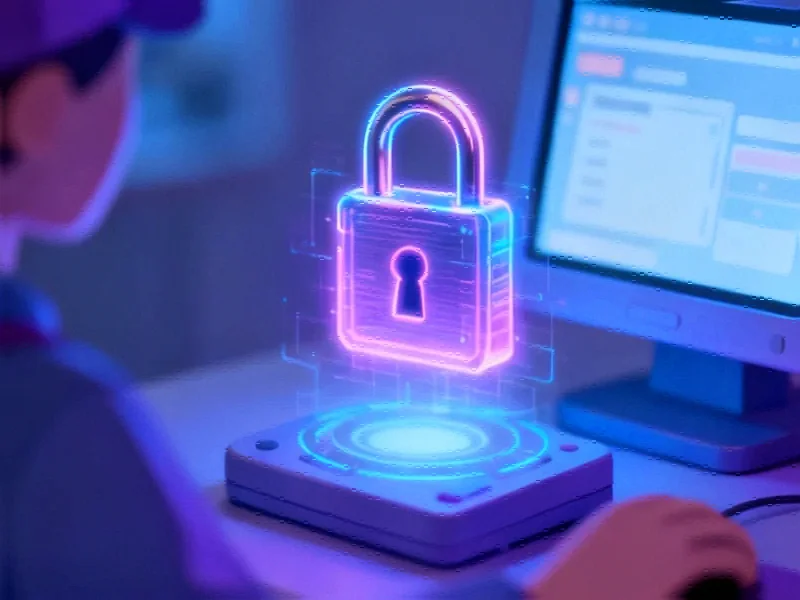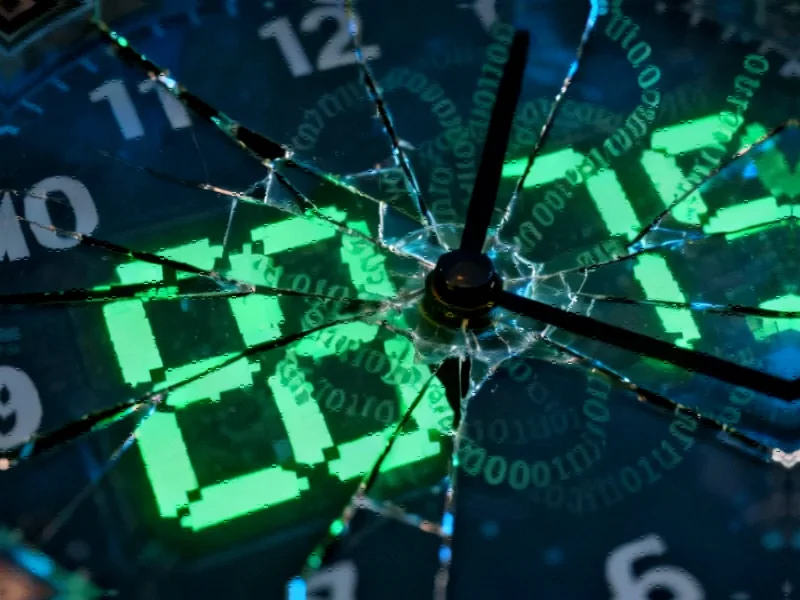The Rising Tide of Cyber Threats Against SMEs
South African small and medium enterprises are facing an unprecedented digital security crisis, with recent statistics revealing that one in three SMEs has fallen victim to cyberattacks. This alarming trend underscores the urgent need for business owners to treat cybersecurity as a fundamental operational requirement rather than an optional add-on. As John Dalton, Head of Engineering at SME services provider Lula, emphasizes: “Cybersecurity is no longer optional – it’s foundational. Small businesses must treat digital security with the same seriousness as physical security.”
The Economic Imperative of Digital Protection
With SMEs contributing approximately 40% of South Africa’s GDP, their vulnerability to cybercrime represents a significant threat to national economic stability. The resource constraints that typically characterize smaller businesses make them attractive targets for cybercriminals, who exploit limited security budgets and technical expertise. As the festive season and Black Friday approach, the stakes become even higher, with transaction volumes increasing and customer data becoming more vulnerable to sophisticated attack vectors.
The consequences extend far beyond immediate financial losses. Businesses face potential reputational damage, legal repercussions under the Protection of Personal Information Act (POPIA), and erosion of customer trust that can take years to rebuild. Recent industry developments highlight how these challenges are intensifying across the business landscape.
Building a Multi-Layered Defense Strategy
Effective cybersecurity requires a comprehensive approach that addresses both technological vulnerabilities and human factors. Lula’s security experts recommend several critical measures that SMEs should implement immediately:
- Advanced Authentication Protocols: Implement strong two-factor authentication using biometric verification, passkeys, or one-time PINs to secure access to sensitive systems. Password management tools can help prevent the dangerous practice of password reuse across multiple platforms.
- Continuous Employee Education: Regular cybersecurity training helps employees identify and report phishing attempts, avoid malware, and maintain safe online habits—particularly crucial in remote work environments. The human element often represents both the most vulnerable point in an organization’s security and the source of its greatest threats.
- Robust Data Management: Maintain regular backups stored separately from operational systems, creating essential recovery options during ransomware attacks or system failures. This approach aligns with broader market trends in business continuity planning.
Preparing for the Inevitable: Incident Response Planning
Despite best efforts, security breaches can still occur. Having a clearly defined incident response plan enables businesses to react swiftly and effectively when attacks happen. Key components include procedures for isolating affected systems, alerting support teams, and containing breaches to minimize damage.
Equally important is developing a comprehensive disaster recovery plan that ensures business operations can be restored quickly using backed-up data and predefined recovery steps. These preparations are particularly relevant when considering related innovations in system resilience and data protection.
The Access Control Imperative
Limiting access to sensitive data through clearly defined permissions represents another critical layer of defense. Organizations should establish protocols specifying who can access what information, why they need it, and how they can access it. Monitoring and logging access to critical systems helps prevent insider risks and provides valuable audit trails when investigating potential security incidents.
As Dalton notes: “Cyber threats are evolving—so must your defences. SMEs that invest in cybersecurity today are the ones that will still be standing tomorrow.” This perspective resonates with recent technology advancements in security systems.
Integrated Security in Business Platforms
Modern business banking platforms like Lula’s incorporate multiple security layers, including biometric authentication, secure access protocols, and proactive defense systems that leverage real-time global threat intelligence to block malicious traffic. These integrated approaches provide SMEs with enterprise-grade security previously accessible only to larger corporations with substantial IT budgets.
Whether operating as a sole proprietorship or growing enterprise, businesses can benefit from security-focused financial management tools that include Payment Controls and Multicompany features for secure daily financial operations. The convergence of security and functionality reflects broader industry developments in business technology.
Looking Ahead: The Future of SME Cybersecurity
The cybersecurity landscape continues to evolve, with threats becoming increasingly sophisticated and targeted. SMEs must remain vigilant and adaptable, treating digital protection as an ongoing investment rather than a one-time implementation. The connection between robust cybersecurity and business resilience has never been clearer, with protected enterprises better positioned to withstand operational disruptions and maintain customer confidence.
As security technologies advance, we’re seeing parallel related innovations in authentication and access control that may eventually transform how businesses approach digital protection. Similarly, recent technology developments in adjacent fields demonstrate how security considerations are becoming integrated across all aspects of business operations.
The time for action is now—before the next cyber threat emerges. South Africa’s economic future depends on the digital resilience of its small and medium enterprises.
This article aggregates information from publicly available sources. All trademarks and copyrights belong to their respective owners.
Note: Featured image is for illustrative purposes only and does not represent any specific product, service, or entity mentioned in this article.



